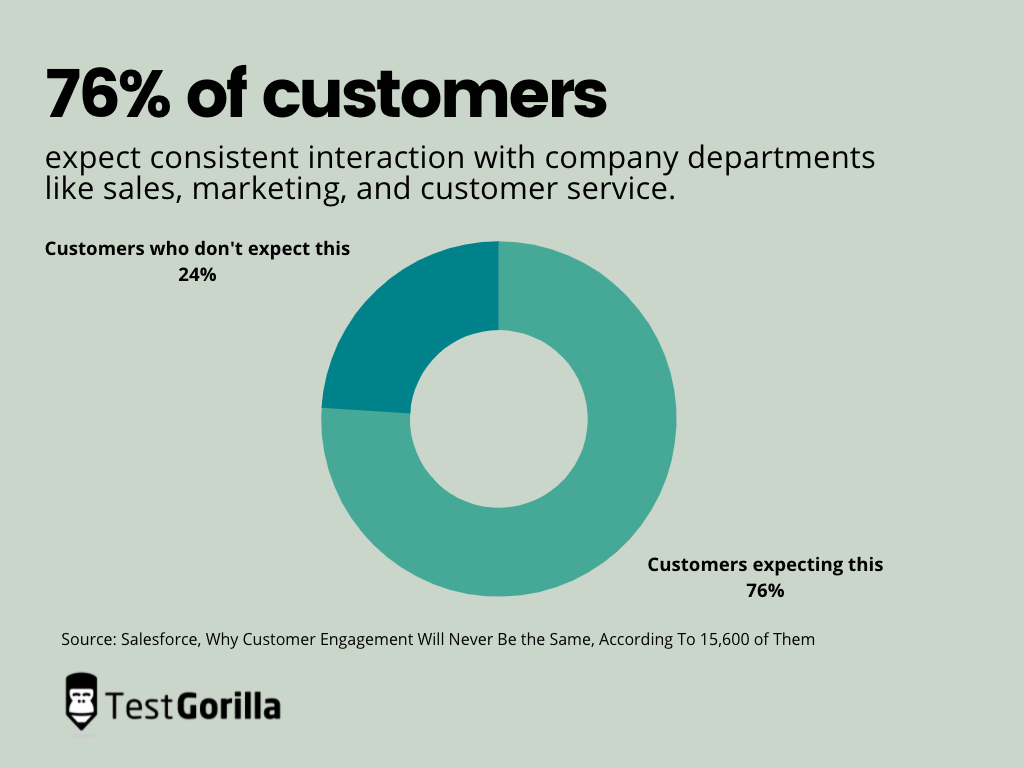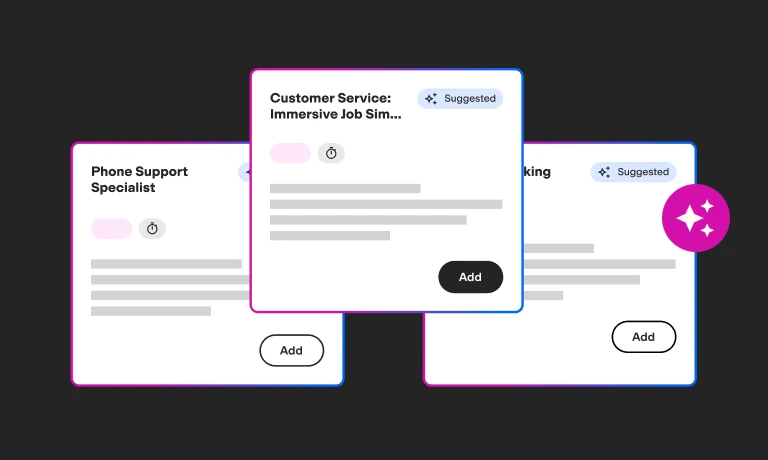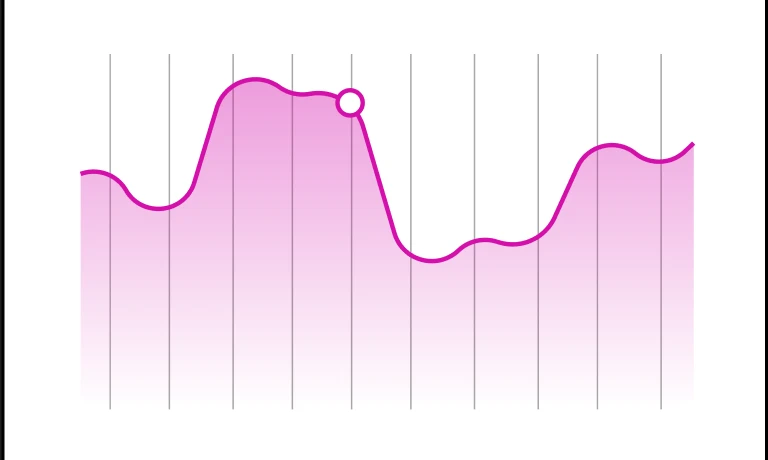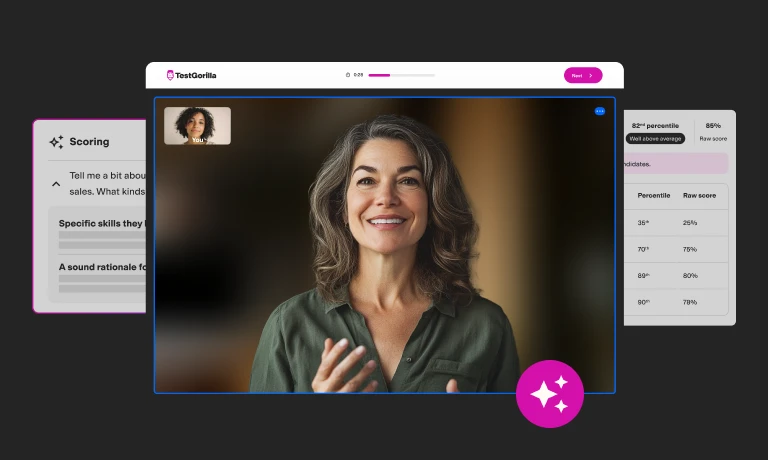Own your SaaS customer retention: Free customer success email templates
Your customer success representatives are key stakeholders who facilitate meaningful conversations with your SaaS customers. What they say, how they say it, and when they say it directly influences customer loyalty to your brand.
To manage these conversations, customer success representatives send thousands of customer success emails every year. Are you doing everything in your power to make sure those emails are a reflection of your brand?
Let’s explore why customer success emails can make the difference between customer retention and customer churn – and what your SaaS company can do to stay connected with your customers in meaningful ways.
At the end, we’ll give you customer success email templates to help you develop a richer customer experience.
Why are SaaS customer success emails so important?
For SaaS companies like yours, customer interactions don’t happen in person.
Instead, your sales floor becomes your customer’s email inbox. Their inbox is where you will host important conversations with your customers. For example:
Welcome emails have a historical open rate of 86%
Triggered emails have also performed well, with a historical open rate of 38%.
We say “historical” because Apple released its new Mail Privacy Protection feature in 2021. This new iOS feature makes new “open rate” statistics unreliable and obsolete.

Despite this, there’s good news for your SaaS email strategy. Global email use is predicted to grow to 4.48 billion people by 2024. Plus, 77% of marketers said they saw more email engagement in the past 12 months.
As you develop your customer success emails, keep in mind that 82% of companies that participate in customer relationship management (CRM) say that “active customer retention” is a top objective.
All this means more inboxes and higher customer expectations, giving you room to grow and stand out from your competitors. So, how exactly do customer success emails help your SaaS company adapt and excel?
Stay connected: Managing customer relationships
CRM is a vital part of your business that keeps the revenue flowing and the CPUs spinning. It’s also a part that is often innovated and adapted less than others, such as engineering.
Customers want you to actively engage them. It’s sad that 54% of customers say they feel sales, marketing, and customer service departments don’t share enough information.
Could your SaaS company be missing out on more than half of the opportunities to form meaningful relationships with your customers?
First impressions matter: Onboarding customers
Customer onboarding is a pivotal time to engage your customers with important product knowledge and the right introductory activities.
Let’s think of onboarding as a tour of your home for a welcome houseguest.
You want your houseguest to easily find the restroom and know how to turn on the hot water, where the coffee machine is, and where the important light switches are.
Give them the wrong guidance and you can look forward to some late-night knocking on your door because they can’t find the extra toilet paper.
Guide your house guest with care and they will easily navigate your home, giving you peace of mind and not hurting themselves in the middle of the night.

Customer onboarding done wrong means your customer success representatives will hate their jobs, as customers ask them the same basic, repetitive support questions every day. Customers will feel disappointed and frustrated – and could churn.
Get your customer onboarding right and you’ll have independent, confident users who scream from the review rooftops (and social feeds) about how easy to use your SaaS is. Your customer success representatives will adore your product, feel equipped to do their jobs, and show up ready to answer the hard questions.
Sending onboarding emails at the right time, for the right reasons, is an art. You need to anticipate touch points in the user journey that can be automated with emails.
Welcome email: Thank your customers for signing up and give them a warm welcome. This email sets the tone for all future interactions with your brand.
Getting started: Show your customers how to use the basic features of your product. Tell them where they can find product tours, tutorial videos, your knowledge base, and anything else that helps to make them as independent as possible.
Customer success introduction email: Use this email to show customers how to reach a real human when they need help. It’s the perfect way to provide your SaaS customers with a dedicated support agent.
Software upgrades email: If there are cool features in your product, this email invites customers to take them for a test drive. This is a great opportunity to employ audience targeting to highlight useful features. If you choose to upsell or cross-sell in this email, it’s best to do it in a subtle way.
Customer success newsletters: Create value for your customers by helping them learn more. In this email, direct customers to your product blog, resources, webinars and podcasts, and show them links to your most useful rich content.
Engage for loyalty’s sake: Retaining customers
Still not convinced that customer success emails matter? Well, 84% of SaaS companies are. Most SaaS companies use their onboarding processes to retain customers.

Don’t worry – you still have time to get ahead of the game, because 97% of SaaS companies only revise their customer retention strategies once a year.
Retaining 5% more customers can increase your profit by 70%.
So, the antidote to churn isn’t looking for more customers to replace those who leave – it’s a customer retention strategy.
This strategy is driven by the communications your customers want and the ones they’re receiving.
How do customer success emails help reduce churn?
When we think of customer success emails, we usually think about emails that solve direct customer problems.
As we’ve explored, customer success emails need to be far more creative and varied in your SaaS company, to act as powerful churn deflectors.
Customer success emails drive meaningful interactions between SaaS customers and representatives. Customers will feel more trusting while using your product, because someone is always looking out for them.
When customers feel respected, heard, and looked after, they feel comfortable enough to stay.
Here are three major ways you can use customer success emails to drive customer retention.
1. Create a customer feedback loop
Offer your customers regular opportunities to speak their mind. One way to receive rich feedback from your SaaS customer base is by inviting them to take easy-to-understand, anonymous surveys.
You can’t get the data from these surveys anywhere else. Your customers will express the pain points that come with using your product and they will celebrate the things that help them the most. This is hard data that should be used to inform many key decisions in your SaaS company.
Once you’ve collected this data, you can build the upgrades your customers need. Presenting features and updates that prove your company is listening makes customers feel heard. They’ll know they are using a product that can grow along with their goals.
2. Design an automated customer communication calendar
Editorial calendars aren’t just for social media management. Customer communication calendars can be used to monitor customer-directed email campaigns.
Keeping an updated communication calendar helps your customer success team keep track of:
which company emails to send out
what new features were released
what to expect questions about later on
You’ll be able to track ideal times to reach your customers in any time zone. And you’ll be able to pinpoint which parts of your onboarding process, upsells, and communications are most important.
Scheduling automated email workflows takes a heavy burden off your customer success team. They’ll be able to design a repeatable, reliable process to help your customers 24 hours a day.
3. Build real trust with your SaaS customers
In a recent Salesforce survey, 61% of customers said it’s difficult for a company to earn their trust.
That’s an astounding number when you consider that there are more than 16 billion SaaS customers worldwide.

It’s not enough to just offer a great product anymore. Customers want to know that doing business with your SaaS company will help them, not put them at risk.
Some unspoken immediate questions your customers might have are:
How secure is your product?
What happens to my information once I give it to you?
If there’s a problem, can I count on you to keep me updated?
Is your company equipped with enough knowledge to handle my goals?
Will you spam me?
Are you just trying to sell me something?
How do you treat your customers?
To earn your customers’ trust, you need to send consistent customer success emails and communications.
For emails that are so important, it’s lucky there are best practices you can follow to ensure that your customers can rely on you.
The best insights on HR and recruitment, delivered to your inbox.
Biweekly updates. No spam. Unsubscribe any time.
What are best practices for sending customer success emails?
Imagine opening a dry email that’s 1,000 words long and treats you like a number. How does that feel?
Now imagine opening an email that addresses you by name, has gorgeous pictures, and reads like it was written by a real person.
Do you see the difference?
Email is personal and should be treated with respect. Let’s have a moment of silence to recognise the ways companies have abused email inboxes in the past.
Here’s how you can write customer success emails that leave each of your customers feeling special and understood.
Be clear and concise
Write and speak to your customers in plain language. Picture your web-hosting company saying something like:
“Our proxy servers are down in Timbuktu and it will take 11 hours to bring them back up to full operational capacity.”
Isn’t that convoluted and confusing? Why does it matter where the servers are?
Don’t leave your customers with more questions than answers.
Try something like:
“Thank you for your quick feedback on today’s crash.
It feels nice to know you love our product. We love it, too.
Why did everything go down?
Whiskers the cat got into our servers.
Our CTO Brianna and half of our IT team are down there trying to catch him.
We apologize – but this means you (and our app) will have some downtime for around 11 hours. We’ll keep you posted when she catches him.
In the meantime, enjoy a 30% refund of your next six months with us.”
In 10 simple lines, you’ve done several key things for your customers:
Acknowledged their complaint
Showed empathy
Showed awareness of the problem
Said there is a serious problem without adding stress
Identified who is working to fix it
Stated how long it will take to fix
Given them an incentive to stay
This is a great customer success email template for de-escalating difficult situations. How do we craft these templates for other situations?
Download free customer success email templates
We created these free templates to help you develop meaningful customer relationships. With your templates, you’ll be able to adapt your customer retention strategy to changing times.
You’ll be able to stick to your brand voice and quickly schedule automated customer success emails.
Here are the eight customer success email templates you’ll find inside your free PDF download:
Two onboarding email templates
Two customer support email templates
Two email templates to request feedback
Two email templates to help you respond to frustrated customers
hbspt.forms.create({ region: "na1", portalId: "6821985", formId: "a6e80346-66f0-403c-9179-b8c268aaf283" });
Related posts
You've scrolled this far
Why not try TestGorilla for free, and see what happens when you put skills first.




















